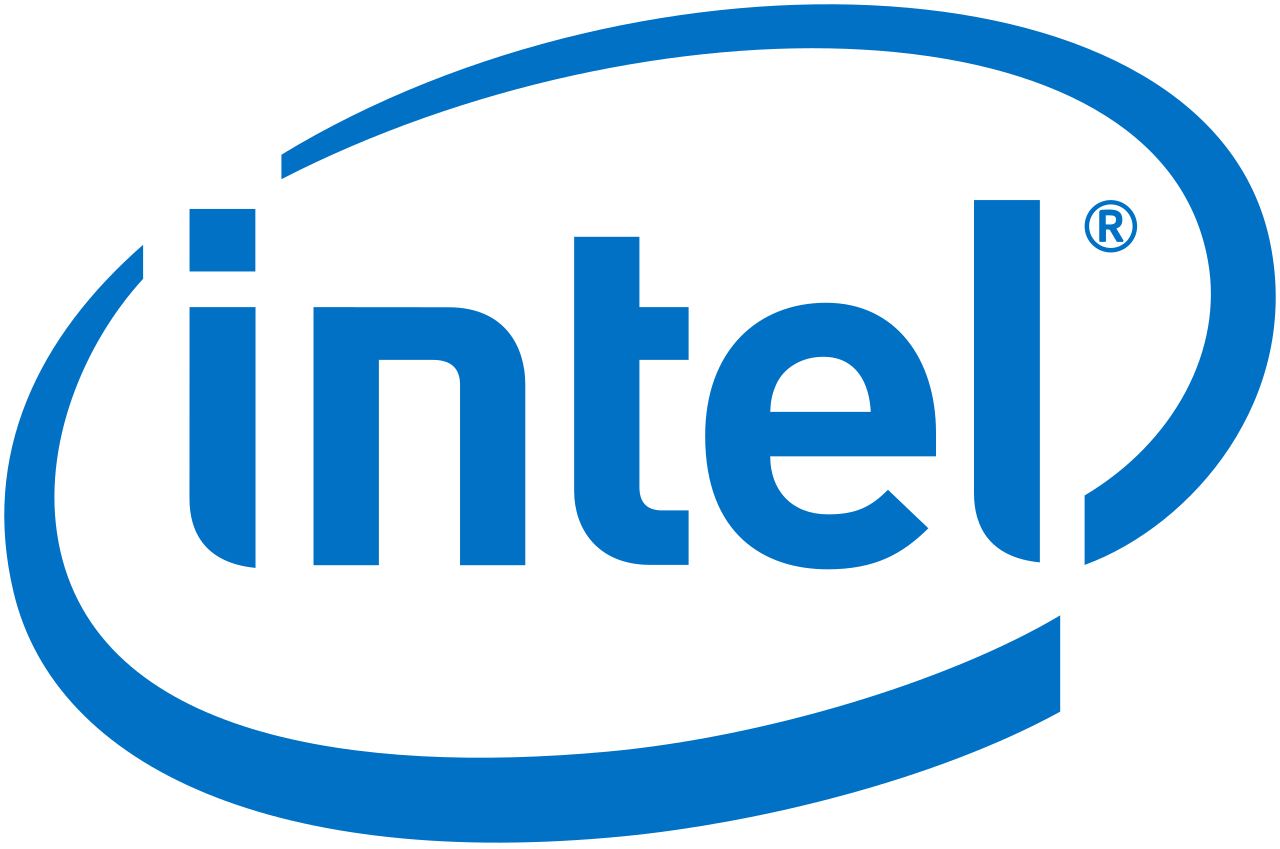Agencies cannot serve citizens or achieve digital transformation without well-running and secure PCs. Old or sub-par equipment affects employee productivity, results in downtime and leaves agencies prone to security breaches. It’s also a chore to maintain, which drives up IT support costs.
Having a modern, secure PC at work goes far beyond simply wanting to use the latest technology.
Employees rely on PCs to do their jobs, to collaborate and to meet initiatives. Slow computers prevent them from performing at their best. According to IT Pro Portal, employees lose 10% of their workday on average due to slow computers. That’s not only frustrating for workers but a real concern for managers, who are accountable for workforce productivity. Managers must be budget-conscious. But they need to factor in that increased productivity when considering the cost and benefits of investing in new PCs.
PC downtime has a ripple effect. How many times have you called another government employee or a customer service line and heard, “Sorry, my computer is down at the moment”?
When an employee is waiting for the computer to come back up, they can’t be of assistance. The person waiting for help is stuck too. If many old PCs are in use, consistent downtime can hamstring digital transformation efforts and even affect agency mission. A fleet of well-running PCs greatly reduces the number of downtime incidents, moving digital transformation along.
Security is key. A successful virus attack that corrupts files, for example, results in employee downtime, halts productivity and requires IT staff to get involved. If the computer is connected to the network – and most are – the problem can mushroom.
Features built into today’s PC chipsets, like Intel® Threat Detection Technology, work with operating system security and antivirus software to prevent attacks from causing damage and spreading beyond control.
Finally, getting PCs into the hands of employees, and maintaining those PCs, is a challenge for IT staff with limited resources. One solution is a managed IT environment.
In a managed IT environment, all PCs are set up, managed and administered by a central IT staff – no matter where that PC is located. A managed environment enables IT to enforce policies across all PCs to ensure they adhere to standards, follow security practices and more.
A managed IT environment should include a process for remote PC support. If a computer experiences an issue that requires tech support, an IT staff member can use out-of-band remote management Iike Intel® Active Management Technology for efficiency. That means accessing the PC remotely to diagnose and even fix the problem without ever physically touching the computer. This works equally well for applying patches and updating drivers. A technician can even upgrade a PC’s operating system remotely or recover a system that’s inoperable.
Managed IT with optimized asset control reduces IT staff time and costs, as well as costs related to lost user productivity.
This article is an excerpt from GovLoop Academy’s recent course, “PCs as the Foundation for Digital Transformation,” created in partnership with Dell Technologies and Intel. Access the full course here.






Leave a Reply
You must be logged in to post a comment.